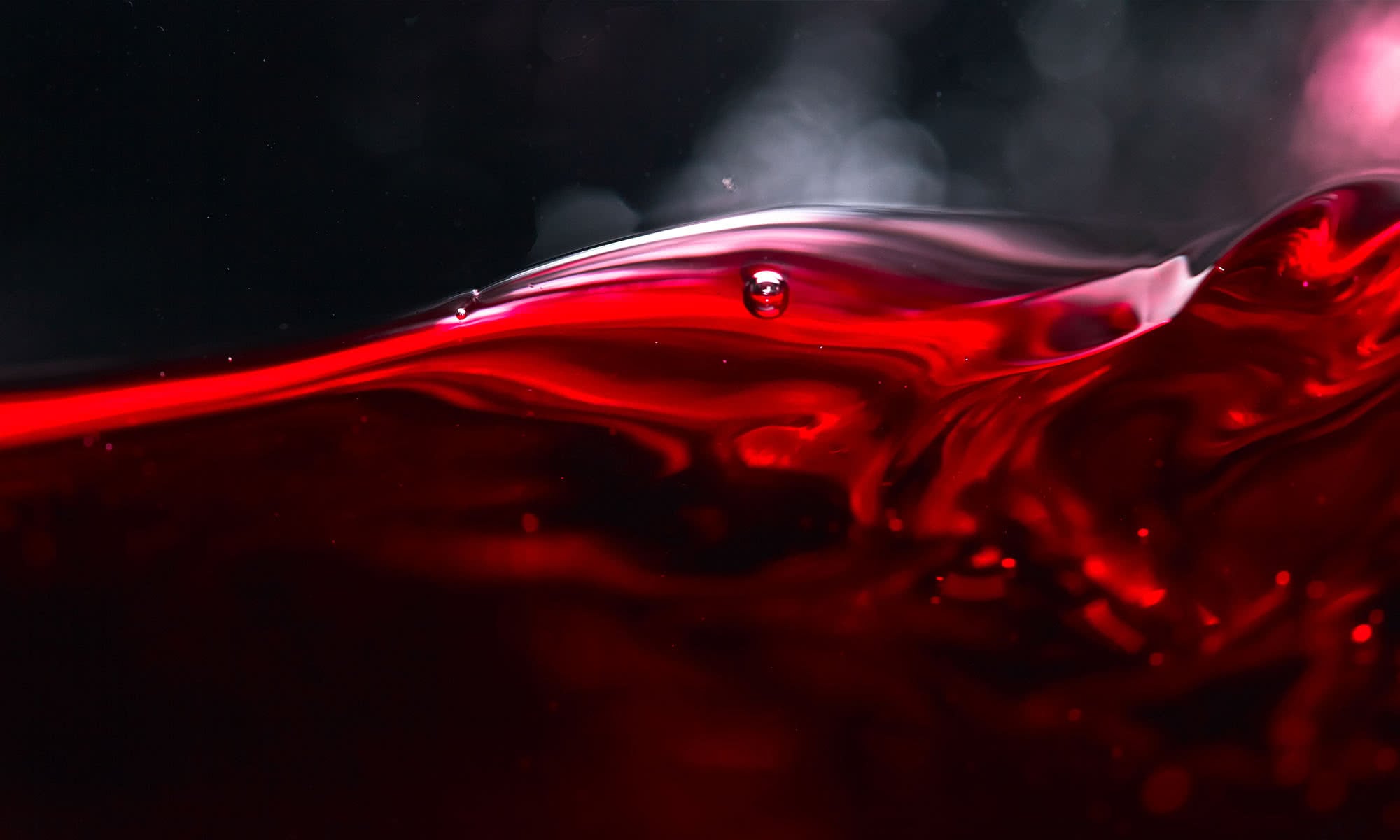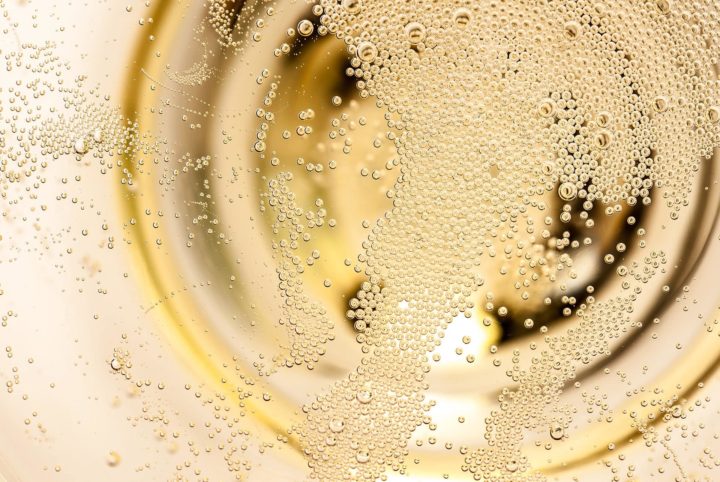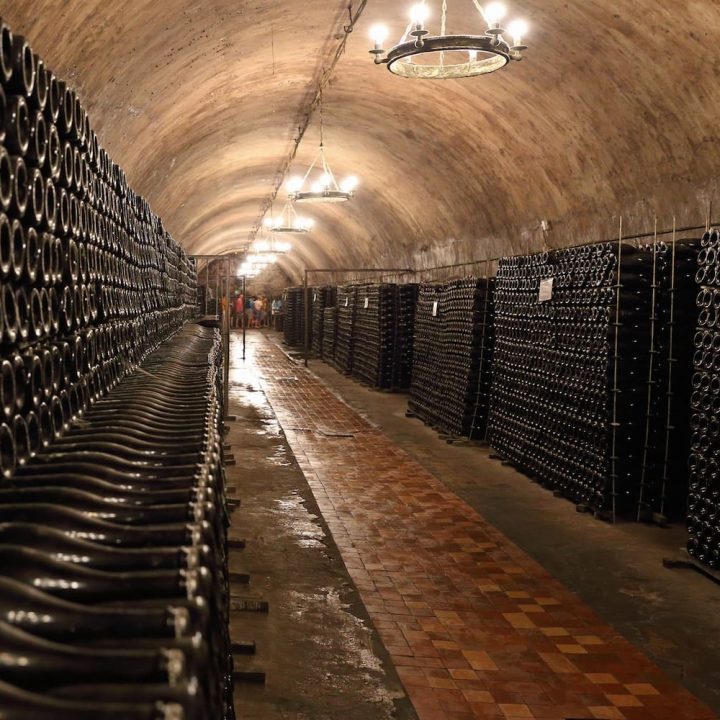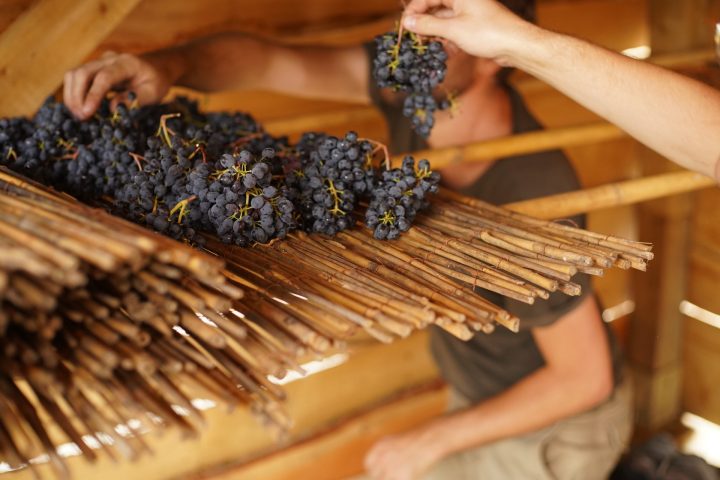Clearly, because who is made from red grapes! However, this answer is too simple, because red-skinned berries do not automatically produce red juice. If you want to see for yourself, squeeze a dark-skinned berry. To the surprise of many, the juice of green, yellow and red berries looks almost the same. Only a slight shimmer of color can be seen. This is miles away from the color of a red wine.
Red wine gets its color from the grape skin
The secret of the color lies in the skin of the grapes. Only a few colorants are dissolved in the juice alone. For this reason, dark-skinned grapes can also be used to produce a white wine – the so-called Blanc de Noir (white from black).
Unlike white wine, the must for red wine ferments on the grape skins. The resulting alcohol causes the color pigments to dissolve from the skins and pass into the wine. The number of dissolved color pigments increases with the duration of shell contact. The later wine becomes more intense in color.
Another factor for the color intensity is the shell thickness. Grape varieties with thick skins contain more colorants and produce darker wines than thin-skinned grape varieties. The berries of Cabernet Sauvignon have a very thick skin, which gives the wines a deep dark color. The thin-skinned berries of Pinot Noir, on the other hand, produce only a pale and translucent wine.
Rosé: A small special case
A rosé differs from a classic red wine in its production. The longer the wine ferments with the berry skins, the more colorants are released from them. To produce a rosé, the winemaker reduces the duration of contact with the skins.
If only rosé is produced from the vintage, the winemaker proceeds as with a normal red wine, but presses the juice after just a few hours. Thus, only a few colorants and tannins dissolve.
Another option is the saignée method. In Germany, this process is also called juice extraction. In this process, the rosé is created as a byproduct of a red wine. Saignée (French) translates as bloodletting. Through a valve in the fermentation tank, the winemaker extracts between ten to twenty percent of the red wine mash. The remaining mash continues to ferment into a normal red wine. What is special about the saignée method is that this bloodletting makes the wine more intense, as the ratio of solids to liquid shifts.
In the production of sparkling wine, a blending ratio of 1:9 or 1:5 (red to white wine) is allowed to produce a rosé. This procedure is not allowed for still wines.









